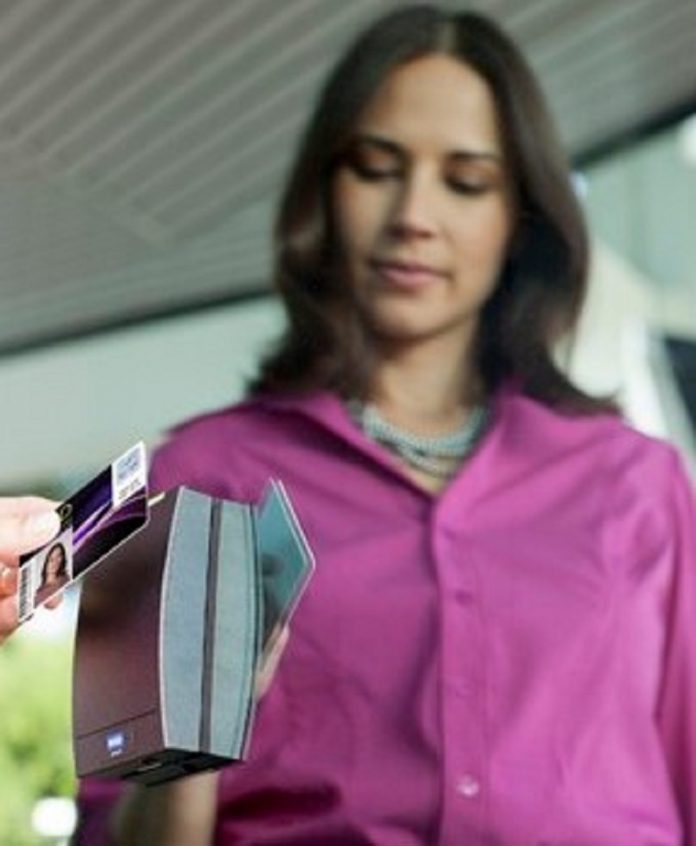Access cards are pretty much everywhere, meaning there are a whole lot of different options to choose from! You use a variation on an access card literally every day, you might just not know it yet! Although each and every variation on the access card is different from the next, it is easy to see how you might get a little muddled when it comes to finding some for your company. Whether you need to match up your reader to a particular type of card, you’re confused by the specific nuances or you just want to be more informed on technology, read on! Here are the different access card options explained…
Proximity Cards
Proximity is a blanket turn for contactless cards, they are so widespread that you probably have a few hiding away in your wallet as you read this article! A proximity card is a low-frequency RFID transmitter, meaning it is able to communicate with a reader by being presented in proximity to it – no need for contact! You’ll find two categories of proximity card out there, Active and Passive. Passive proximity cards are powered by their radio frequency, which sits around the 125 kHz mark, which allow the reader to read the encrypted unique code built into the card. Active cards are powered by their own lithium battery, so they are able to send out their code to the reader. These need their battery replacing, so they aren’t used as often as Passive cards.
HID Proximity Cards
HID proximity cards are proximity cards that are created by HID, one of the most prolific and trusted producers of access cards in the world. These will either use radio frequencies or an embedded microprocessor to communicate information. Information is passed on either through a miniature radio receiver embedded into a card or cards are encoded during the printing process.
Smart Cards
Unlike all proximity and contactless cards, smart cards have to come into contact with a reader in order for information to be exchanged. The information on a smart card is stored into a chip, which is a tiny microprocessor embedded into the card through the chip. Smart cards have the capacity to store more data than a proximity card, and they are popular due to their speedy transmission of data and precise accuracy.
Magnetic Strip Cards
These are also known as swipe cards, they operate just like your credit card swipe does. The card is swiped through a card reader, which modifies the magnetism of the particles within the magnetic strip and sparks the magnetic card reader, allowing the information stored on the card to be read. This is the most tried and tested form of access card out there, so the technology is pretty old at this point. The magnetic strips are known to wear out over time, so other alternatives are generally favoured nowadays.
Now that you’re in the know when it comes to all types of access cards, it’s time to make a decision! Access cards are perfect for any environment that needs a little extra safety and organisation. Whether you want to print identity, access, attendance or membership cards, being fully informed on exactly what’s what is going to get you way further. Just make sure that your reader is compatible with your choice of card and it will be smooth sailing here on out.

